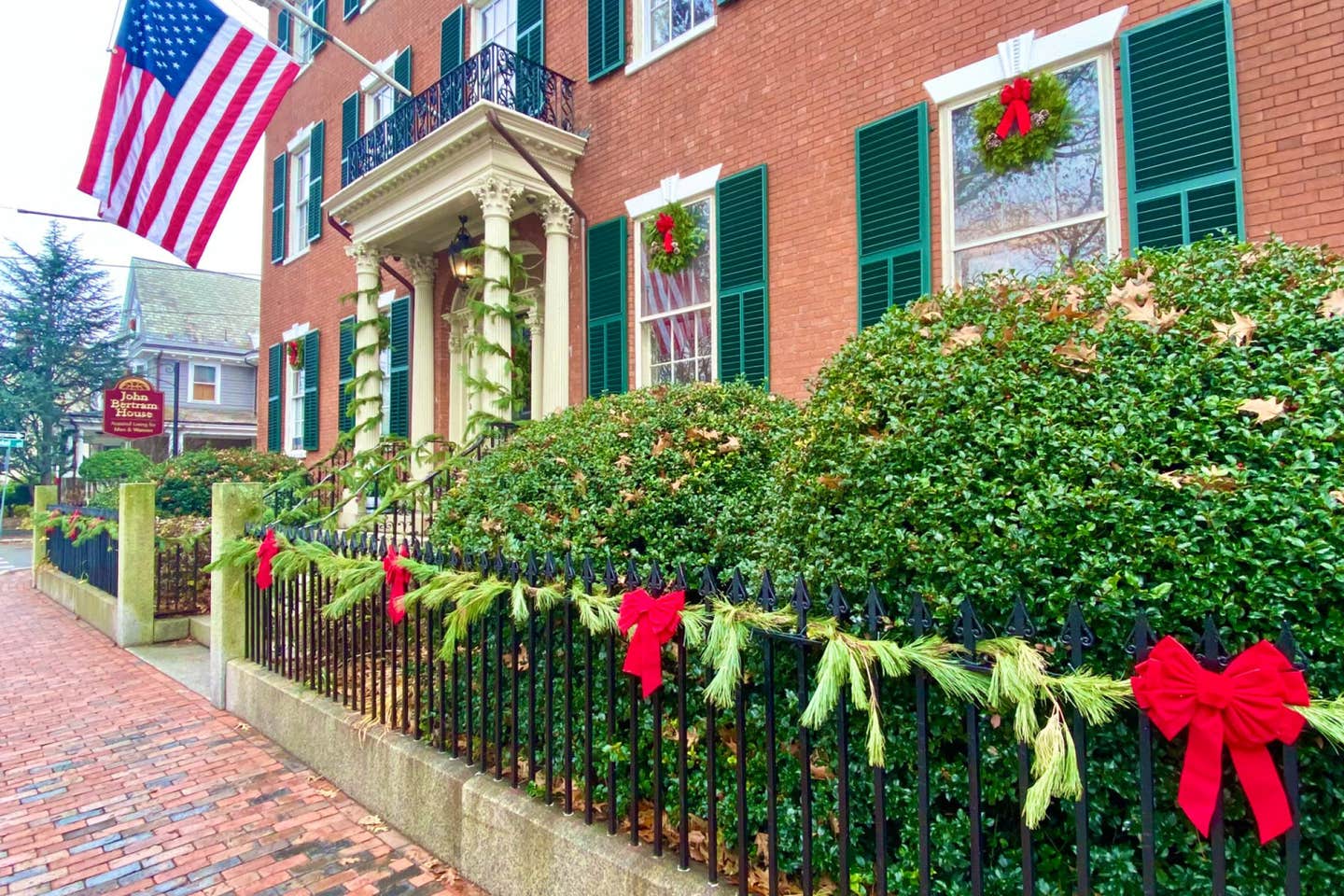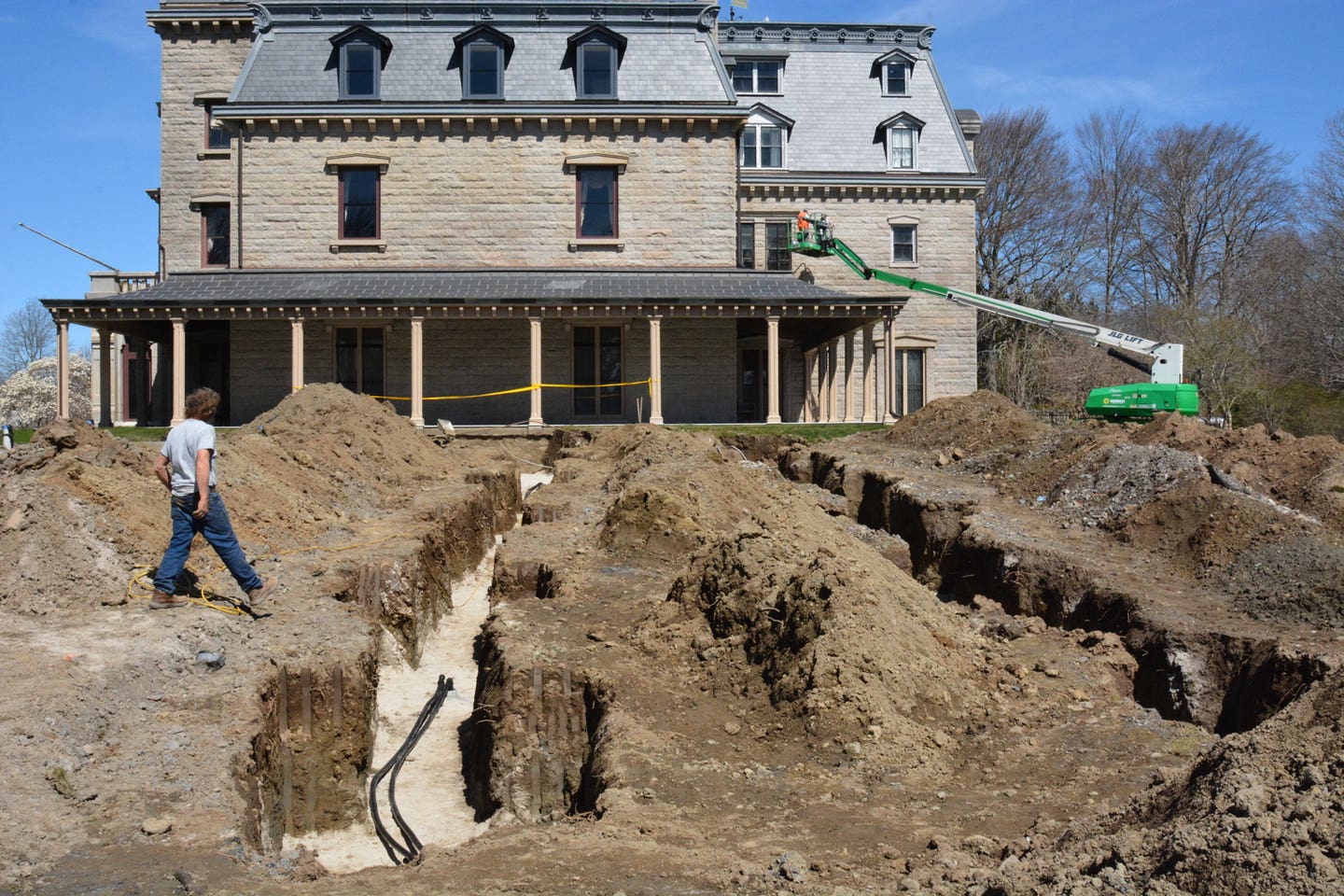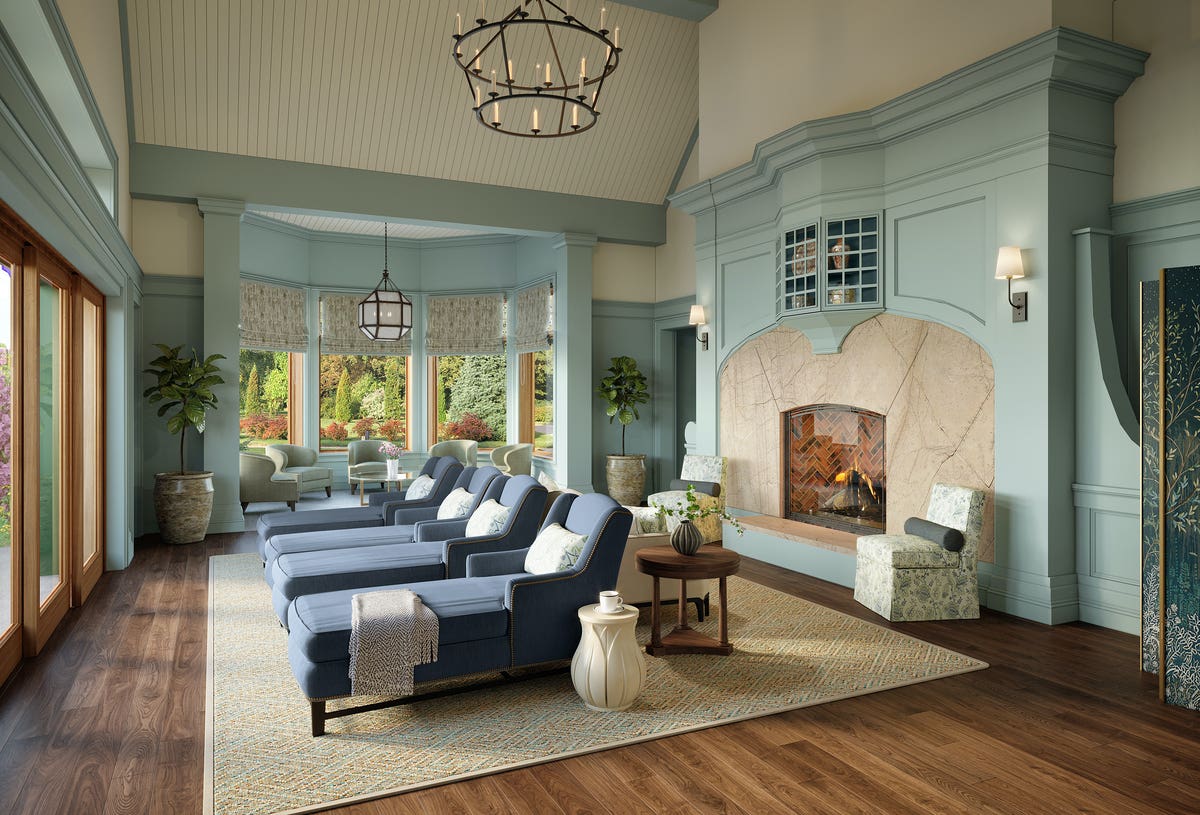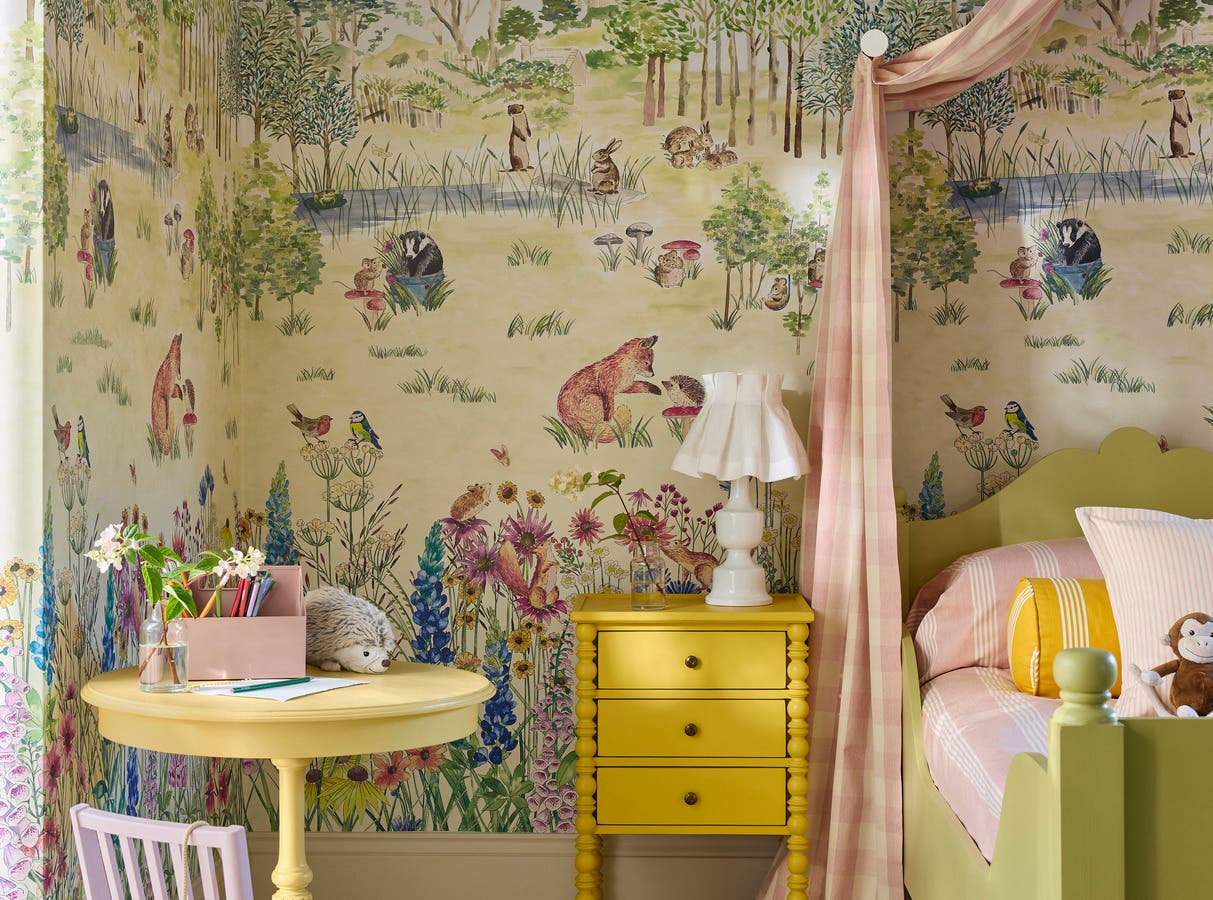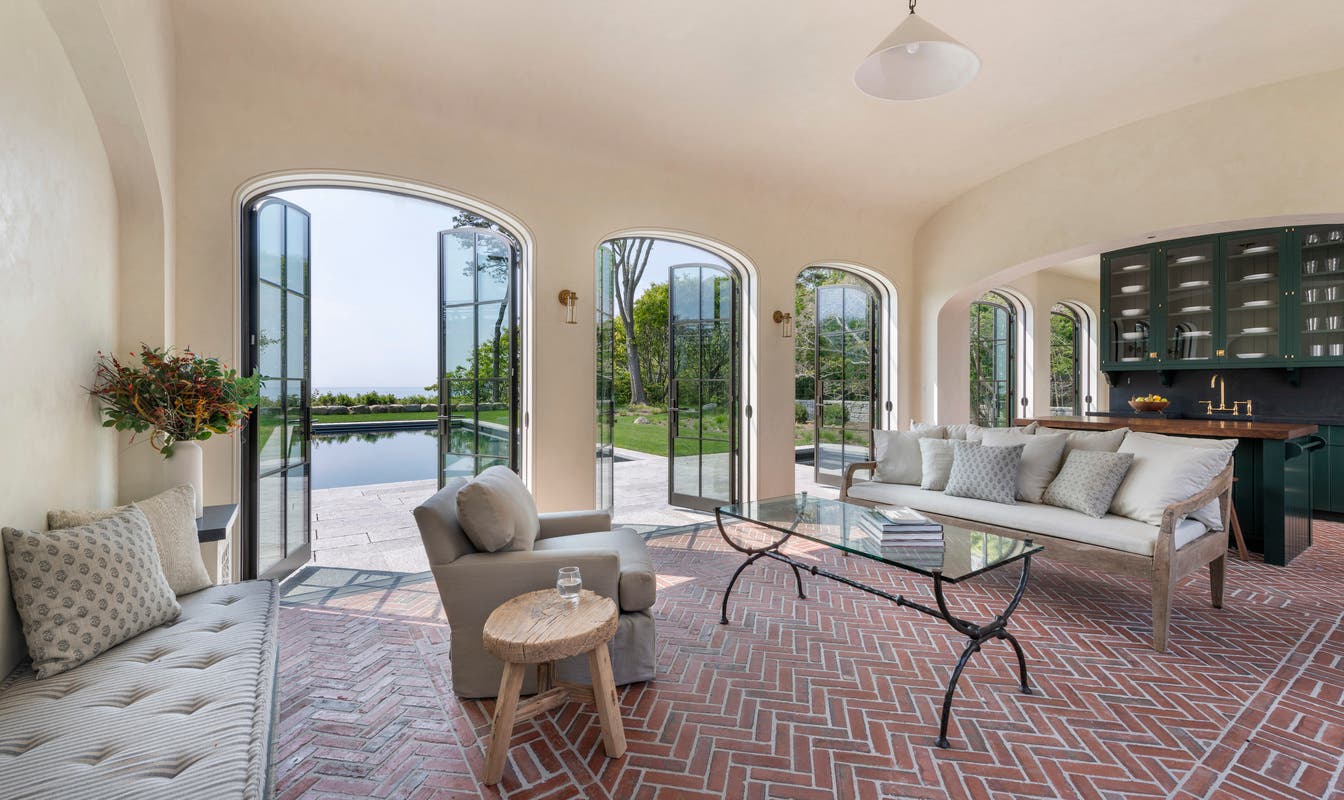
Features
Outdoor Water Fountain Design Tips from a Landscape Architect
How can you incorporate an outdoor water feature into your space? Read on for a landscape architect’s advice.
A simple outdoor space becomes instantly elevated with the addition of an outdoor water fountain. And they work especially well in traditionally designed spaces, adding a classic, timeless element that’ll never go out of style.
If adding an outdoor water fountain to your space sounds intimidating, read on for some top tips from landscape architect Adam Kober. We spoke with him about how he goes about designing spaces with water features of all shapes and sizes. He touches on how to choose a fountain, where to place it, how to maintain it, and what folks most often overlook.
The president of Kober Design Group, based in Newport Beach, CA, Kober has two decades of experience designing high-profile outdoor spaces that are both timeless and captivating. He prioritizes elegant, custom designed features to set his projects apart, like intricate metalwork, glass mosaics, and limestone fountains. His project credits include the Palms Casino Resort Las Vegas, Encore Boston Harbor, and the Rockefeller Center Channel Garden.
How to Choose An Outdoor Water Fountain & Where to Place It
When designing a water feature, the first element Kober starts with is the “why.”
“What is the purpose of the water feature?” he says. “Is it a focal point on a long axis, with the goal of drawing the gaze outward and making a space feel grand? Is it for a smaller environment in which the peaceful, trickling resonance of serenity is sought? Are vertical elements adjacent to the fountain worth mirroring in a reflection pond?”
These guiding questions help you begin to determine the size, shape, and style of the water feature. Water fountains help create cohesion in larger spaces in need of a focal point, while an artfully designed fountain can add a sculptural element to a simple space. “I like to incorporate fountains into larger spaces that need a focal point, like a vehicular roundabout or a porte cochere,” says Kober.
Kober also says he likes adding fountains in areas where they invite touch, like along a walkway. “This interaction with the water is a simple yet engaging way to make the space feel more immersive,” he says.
Similarly, placing a water feature by a window or set of French doors that are often open lets the soft, trickling sound of water carry inside, enhancing that feeling of calmness that a water fountain brings to any space.
What to Keep in Mind When Designing a Water Feature
“The interior finish of a [water feature’s] basin is often overlooked,” says Kober, since the inside of the basin is almost as visible as the outside. A decorative pattern on the basin’s floor or waterline tiles can be a great way to infuse a bit of color or whimsy into a space.
Something else to keep in mind when adding an outdoor water fountain—maintenance. “Water features require routine cleaning, treatment of stone, and occasional adjustment of various water flows,” says Kober.
How to Incorporate an Outdoor Water Fountain into a Traditional Home
When designing for a traditional home, Kober likes to use water fountain materials like carved stone, which he says can “greatly enhance the stateliness and refinement of a classic home.”
Depending on the size and placement, the fountain can imbue a sense of tranquility and peace (when it’s smaller and/or placed in a more interactive location). Or, when used as the centerpiece for a large area, the fountain helps “draw one’s eye out to the opposite side of a garden, making the entire space feel grand and cohesive.”
Whether they’re large or small, traditional or modern, a water feature is a fantastic way to “diffuse ambient noise, echo our natural circadian rhythms,” says Kober, “and evoke steadiness and tranquility.”



